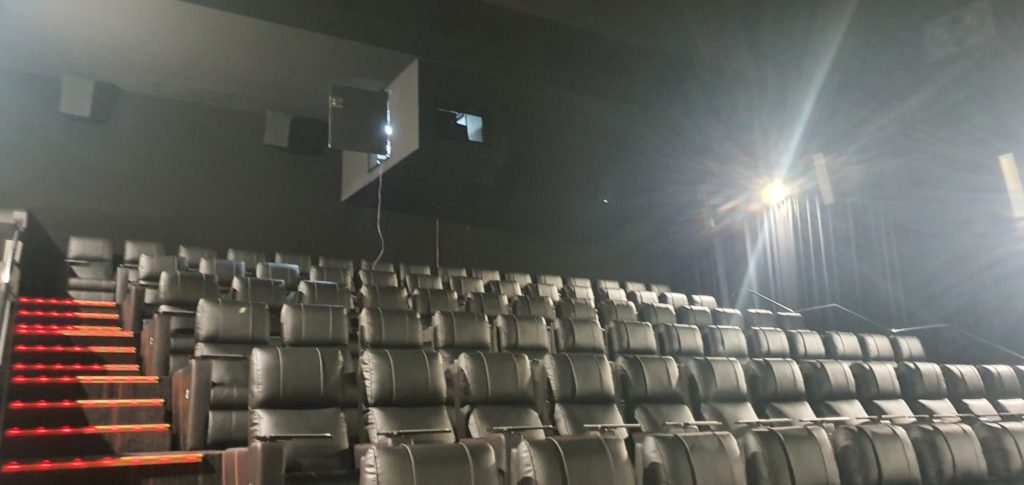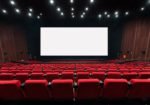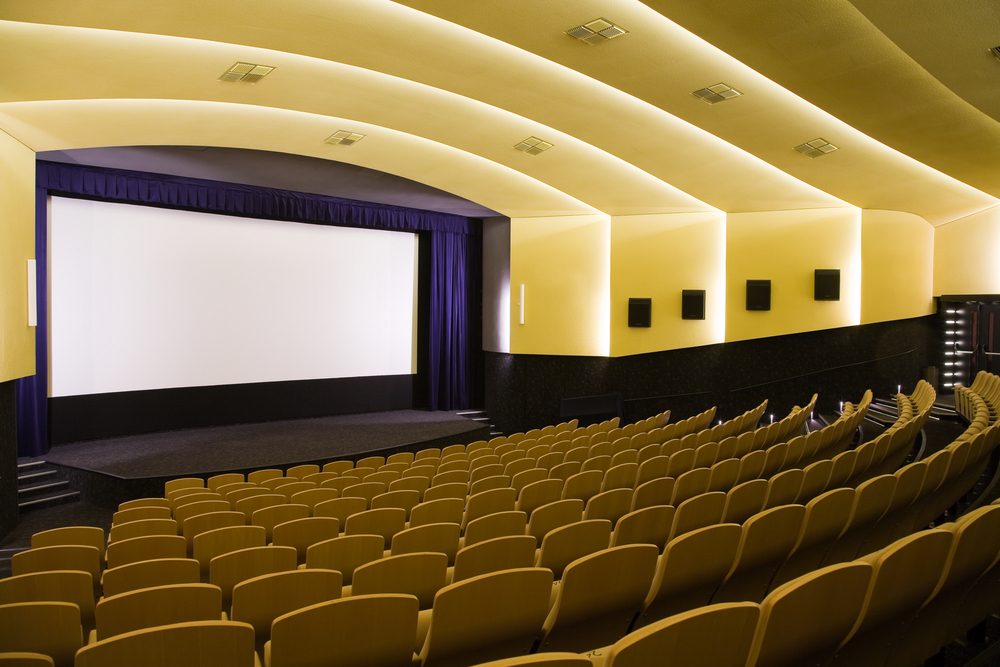It was great catching up with the boys from Christie, particularly Jonathan Lim, and finding out more information about higher frame rates. As mentioned in a previous blog, I was fortunate enough to experience first hand 17 minutes of footage from The Hobbit Movie in 48 frames per second at this year’s New Zealand Movie Convention and it’s exciting to see that Avatar director James Cameron is working and assisting Christie with efforts to take 3D High Frame Rate digital cinema from concept into the mass market.
Christie and James Cameron’s Lightstorm Entertainment are in a long-term partnership to research, test and technically support advances in 3D HFR. In March this year, James Cameron worked with Christie and other technical partners to demonstrate a groundbreaking “proof of concept” screening footage he shot at different frame rates, at CinemaCon.
Scenes of a medieval dinner feast and sword fight were shown back-to-back in 3D, at 24, 48 and 60 FPS. Multiple versions were shown of the same takes to demonstrate the impact of HFR on some of the biggest visual challenges facing cinematographers.
The entire set-up used two projectors and a lot of special configurations, but it effectively made the point about 3D HFR’s visual differences and impact. Strobing problems were gone, action shots were smooth and there was much better image clarity during panning.
Journalists in attendance later described the jump from 24 to 48 frames as astounding.
A few months later, Christie presented the world’s first mass-audience screening of 3D HFR, this time using a single production model digital cinema projector. The demo at the IBC trade show in Amsterdam used a Christie Solaria Series CP2230 projector, along with other currently available components, to project footage of the famed Cavalia equestrian troupe in action, in 3D, upscaled to full HD at 60 FPS. Immediately following Christie’s demo, James Cameron used Christie equipment in a presentation to the IBC crowd about the business of 3D, and to show new 3D content for Titanic and Cirque du Soleil.
With all the changes with the advent of digital cinema, the movie industry is finally able to affordably shift away from production and playback techniques that date back almost a century, to new High Frame Rate (HFR) and 3D HFR technology that delivers more realistic viewing experiences.
To date, some of the biggest movies on the horizon including The Lord Of The Rings prequels and Avatar’s sequels- will use 3D HFR, and Christie is leading the industry in developing HFR technology and is in the process of rolling out a transition plan for exhibitors.
Are you interested in this new technology, which could potentially mean more satisfied customers, more bums on seats and increases to bottom lines? Or do you think it’s just a gimmick with a long way to go before you will be in a position to have it available in your cinema? Let us know!


